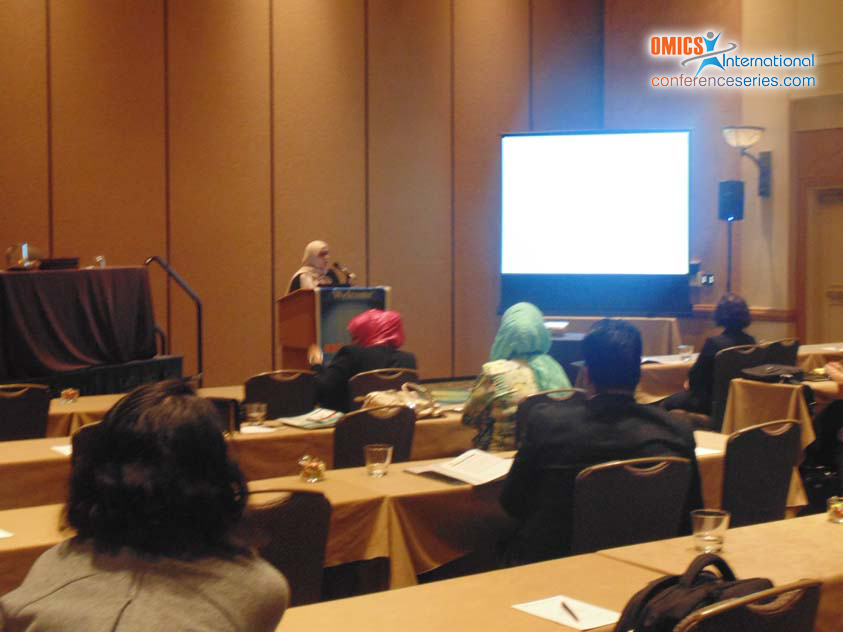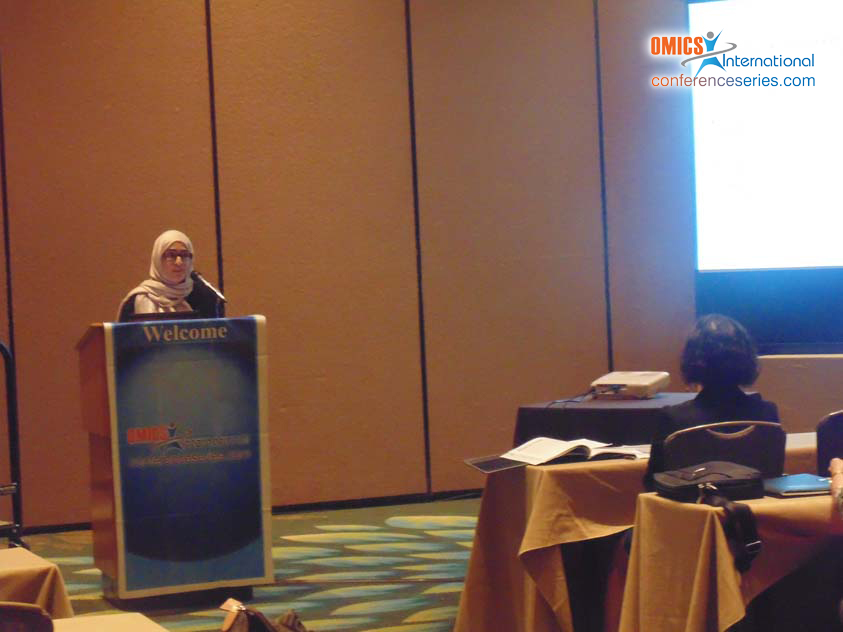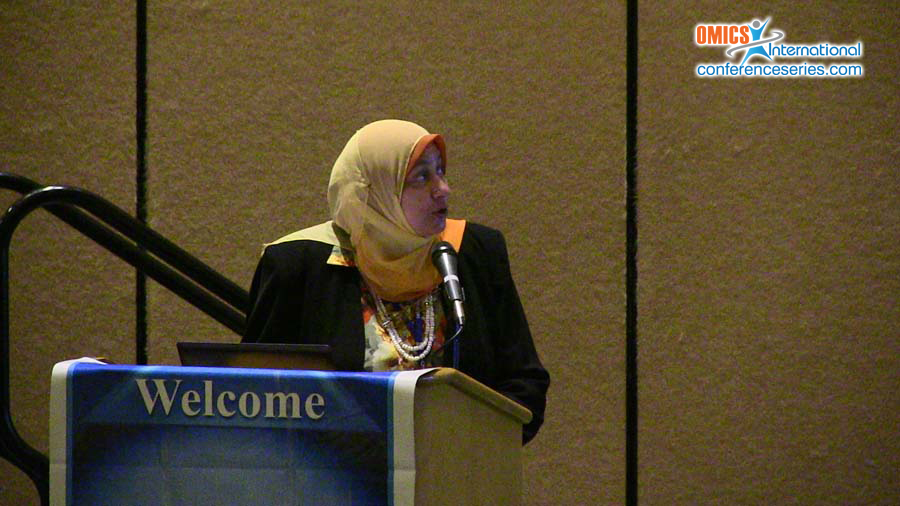
Maha Haggag
Cairo University, Egypt
Title: Assessment of MIC by E test of ocular antibiotics used for treatment of patients with keratitis and postoperative ocular infections
Biography
Biography: Maha Haggag
Abstract
Infection of the eye results from either the acquisition of a virulent microorganism or uncontrolled growth of an existing organism because of lowered host resistance. In order to detect emergence of antimicrobial resistance it is important to use a practical, consistent, and standardized method that will allow comparison with national or international monitoring data. Results from antimicrobial susceptibility tests should be reported quantitatively rather than qualitatively, providing the minimal concentration of an antimicrobial required to inhibiting the growth of the Microorganism (MIC). This approach would facilitate the detection of small changes in antimicrobial susceptibility over time
Aim: The primary aim of this study is to validate the, performance, accuracy and utility of E test and verify the reproducibility of this convenient predefined gradient methodology for MIC determination in comparison with reference method as broth microdilution.
Evaluation: Evaluation is by testing the sensitivity of selected ocular bacteria; Staphylococcus aureus, coagulase negative Staphylococcus (CNS), Klebsiella and Pseudomonas aeruginosa to three antibiotics; gentamycin, ciprofloxacin and gatifloxacin by three independent assays; disk diffusion, brothmicrodilution and E-test.
Results: The MIC of gentamycin and ciprofloxacin measured by brothmicrodilution & E- test showed significant correlation for all selected bacteria except for CNS. While gatifloxacin showed no significant correlation between the two methods for all staphylococci and Pseudomonas. MIC of the three antibiotics measured by brothmicrodilution & E- test for Klebsiella showed significant correlation.
Conclusion: This study has clearly indicated that each susceptibility test has inherent advantages and limitations. Agar-based methods like E test and the agar disk diffusion represent valid methods compared to the broth microdilution method.



